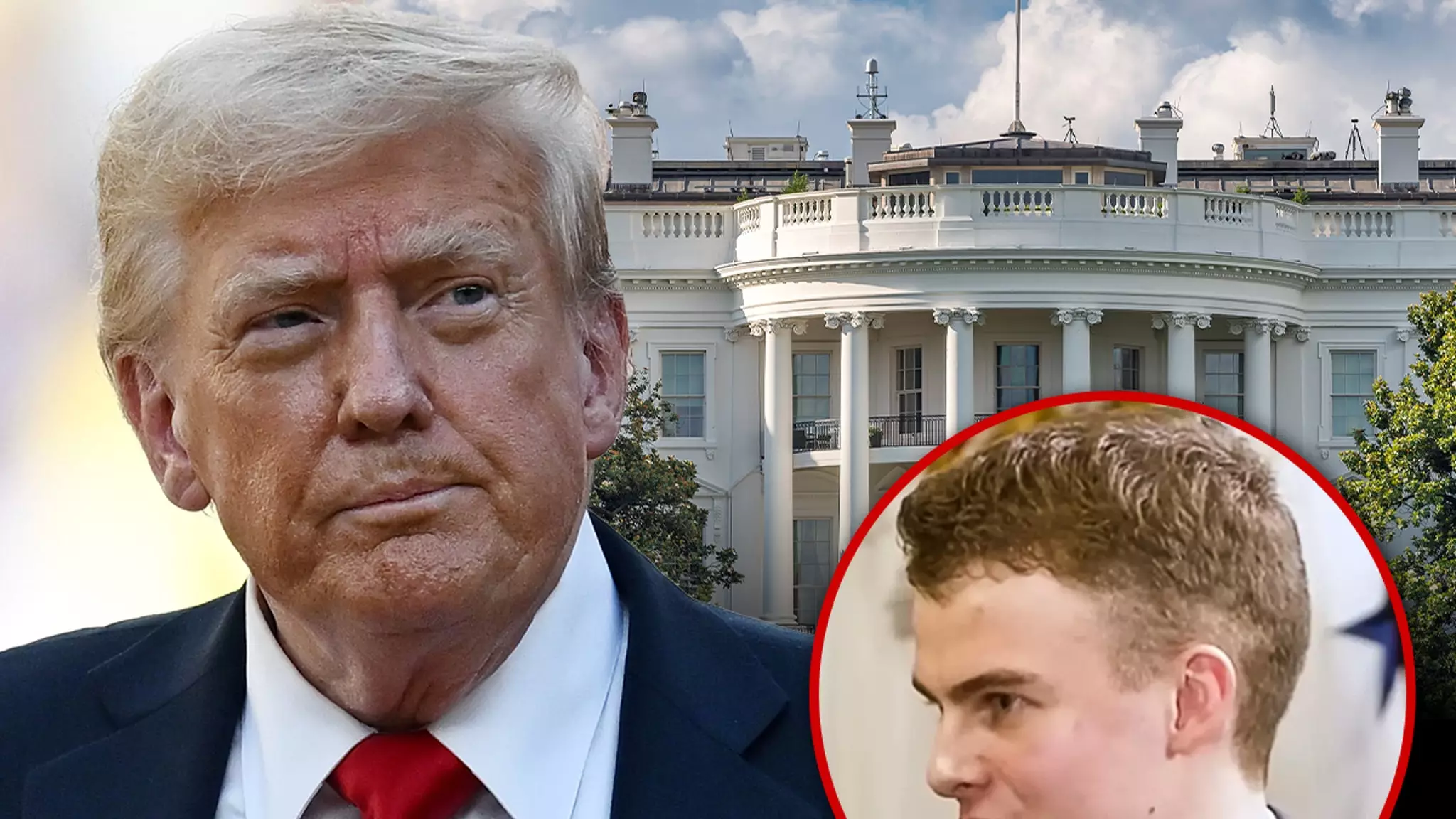Recent violent incidents involving juvenile offenders have ignited a fierce debate about the state of law enforcement and criminal justice in the United States. The assault on Edward “Big Balls” Coristine by a group of teenagers in Washington, D.C., is not an isolated event but a disturbing symptom of a larger nationwide problem. The ease with which young offenders are escaping culpability and the perceived leniency of juvenile laws have fostered an environment where violence is becoming more brazen and unchecked. Society must confront the uncomfortable reality that current systems often prioritize rehabilitation without enough emphasis on accountability, leaving victims to suffer the consequences.
The Political Fallout and Calls for Federal Intervention
The incident prompted a robust response from political figures, most notably former President Donald Trump, who called for the federalization of D.C. if local authorities fail to restore order. Such comments underscore the frustration many Americans feel about public safety in the nation’s capital. The plea to treat 14-year-olds as adults for violent crimes reflects a strong desire for deterrence through harsher punishment. While some may argue that strict legal measures could undermine juvenile rehabilitation efforts, the truth is that the current approach increasingly appears ineffective. When violent youth offenders can commit heinous acts and face minimal consequences, skepticism about the justice system’s capacity to protect citizens grows.
The Larger Societal Implications
This disturbing episode reveals a deeper crisis concerning societal values and community policing. The casual attack on Coristine, with stolen valuables and a violent assault, reflects a culture where fear and lawlessness are creeping into everyday life. It is no longer enough to simply label juvenile offenders as “children” in the eyes of the law; society must foster an environment where accountability is non-negotiable. The debate over raising the age of criminal responsibility is more than political rhetoric—it’s a moral dilemma about how to balance compassion with the need for justice.
Addressing Root Causes for Lasting Solutions
While the rhetoric around law enforcement toughness may resonate with many, solutions must go beyond punishment. Addressing economic disparities, fostering community engagement, and investing in youth programs are essential components of a strategy that aims to reduce juvenile violence in the long term. However, immediate intervention remains critical—lawmakers and law enforcement agencies cannot ignore the rising tide of youth-related violence, which threatens the safety of all citizens. Protecting the vulnerable means taking decisive action now, including reconsidering the legal thresholds for prosecuting young offenders and ensuring justice is served with firmness and fairness.
The Urgency of Reform and Society’s Role
The recent events serve as a stark reminder that complacency has escalated into a crisis of public safety. We must reject the narrative that being “soft on crime” benefits anyone; rather, it endangers communities and undermines the rule of law. Societies that truly value justice understand that protecting citizens from violent acts requires a clear stance on accountability, no matter the age of the perpetrator. The path forward involves political courage, legislative reform, and a societal commitment to holding offenders responsible—until then, innocent victims remain at the mercy of a system failing to safeguard their rights.

